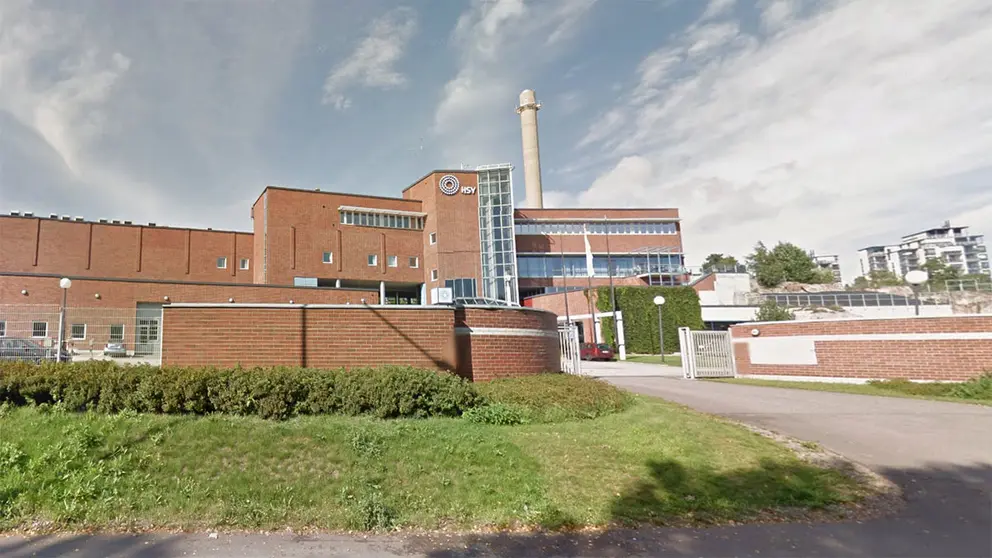Coronavirus has been detected in the wastewater of several Finnish cities in the wastewater monitoring carried out by the National Institute for Health and Welfare (THL) in August.
The virus has particularly been found in wastewater samples collected from sewage treatment plants in Viikinmäki in Helsinki, Suomenoja in Espoo and Kakolanmäki in Turku.
In addition, individual samples collected in Tampere, Rauma and Vaasa during August have also contained coronavirus, THL said in a press release.
The most recent weekly monitoring samples were collected on 16-17 August. Coronavirus was detected in the wastewater samples collected in Viikinmäki in Helsinki and Kakolanmäki in Turku. Wastewater samples collected in Tampere, Kuopio and Oulu contained no coronavirus this week.
In weekly monitoring samples collected one week earlier on 9-10 August, coronavirus was also found at the Tampere Viinkanlahti treatment plant.
The first week of August, on 2-3 August, involved carrying out monthly monitoring covering 28 different wastewater treatment plants. In this context, coronavirus was detected in Espoo, Rauma and Vaasa in addition to Helsinki and Turku.
Sporadic findings in July
In July, when the COVID-19 outbreak had calmed down, there were only sporadic findings in most plants, or the findings fell below the detection limit of the used analysis method. In July, coronavirus was particularly found in the wastewater collected in Turku. Coronavirus genome was also found in wastewater samples collected in Helsinki and Espoo.
In June, the prevalence of coronavirus was slightly more extensive than in July. Of the weekly sampling sites, coronavirus was found in samples from the wastewater treatment plants in Helsinki and Turku. Of the samples collected at the monthly monitoring sites, coronavirus was found in the wastewaters of Espoo, Lappeenranta and Vihti.
“Wastewater research clearly shows that coronavirus can be detected in the same locations where coronavirus infections have also been diagnosed through individual testing,” says Tarja Pitkänen, Senior Researcher at the Finnish Institute for Health and Welfare.
A THL project examines the occurrence of coronavirus in wastewater through the means of analysing untreated wastewaters coming to sewage treatment plans for the RNA, or genome, of coronavirus. An RNA finding in wastewater does not indicate that the virus is contagious, but rather describes the presence of coronavirus in the households covered by the sewer network.
New testing method
So far, no established methods are available for monitoring wastewater for coronavirus. In late July, THL introduced a new PCR test for the detection of coronavirus RNA in wastewater sample analyses.
The new test is based on analysing the N2 gene region. The test was published by the US Centers for Disease Control and Prevention (CDC) and is currently used by many European countries and Australia in monitoring wastewater for coronavirus.
In the light of the currently obtained preliminary results, the N2 test is capable of detecting smaller amounts of coronavirus in wastewater compared to the test method previously used by THL, which involved testing the E gene region. The results will be verified as the project progresses over the next few weeks, THL says.
“Other findings may still occur in the different localities once all samples collected earlier in the study can be analysed with the new N2 test”, says Pitkänen.












